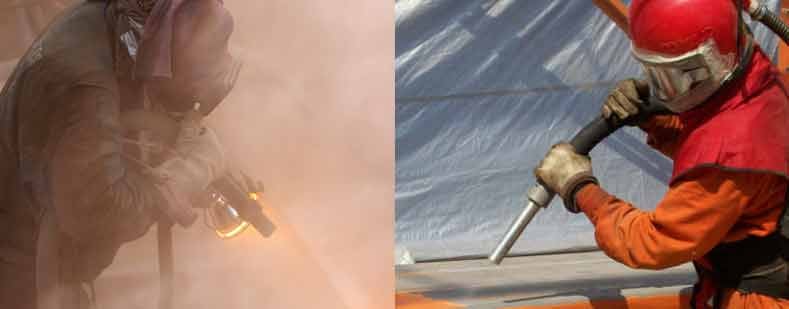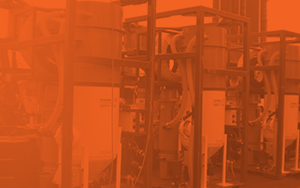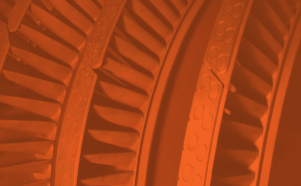Sandblasting has been used as a cleaning method since the 1870s. Benjamin Tilghman, an American inventor from Pennsylvania conceived of the concept of sandblasting and invented the first sand blasting machine. This first machine and concept paved the way for the use of sand blasting in a multitude of industries, including restoration, oil and gas, and ship building.
Sandblasting quickly rose in popularity as an efficient method for cleaning surfaces, etching glass, and sharpening metal tools. While many different abrasive blasting media and equipment types are used today, Tilghman’s method used silica sand. We now know that the sand used in this original process is deadly.
Sandblasting and Silicosis
According to the American Lung Association, “Silicosis affects the lungs by damaging the lining of the lung air sacs. Once this begins, it leads to scarring and, in some situations, to a condition called progressive massive fibrosis. This condition happens when there is severe scarring and stiffening of the lung, which makes it difficult to breathe.” Blasters and those around them are at risk for silicosis. This includes anyone in the area of sandblasting, including the blaster, the pot tender, the project supervisor, and office personnel who could be working nearby over a period of prolonged exposure.
To prevent silicosis, many European countries banned silica sandblasting - some as early as 1947. Industrial professionals in those locations began searching for replacement abrasives for their blasting machines. They experimented and began using products like garnet, coal and other slags (hazardous byproducts of various smelting processes), steel grit, and steel shot. Despite this transition from sand to alternative abrasives, many kept using the term “sandblasting” to describe the similar process of “abrasive blasting”.
Most modern abrasive blasting machines propel abrasive blast media towards a substrate through a nozzle using compressed air. Some profiling and abrading tools propel the abrasive mechanically by spinning wheels or other devices expelling the abrasive out towards the surface. While air powered abrasive blasting equipment is more commonly seen, wheel blaster equipment is well-suited for some applications.
So while Abrasive Blasting is the correct term – Sandblasting is often used mistakenly.
Both Sandblasting and Abrasive Blasting are used in today’s industrial vernacular. The terms mean generally the same thing: the removal of the top layer of a substrate, coating, contaminant, or corrosion through airborne abrasives. The biggest differences between Sandblasting and Abrasive Blasting is the media used. Since most modern abrasive blasting companies use alternative (non-sand) abrasives to clean and profile substrates, abrasive blasting is the most accurate term. Sand is sometimes still used as a blasting media, but it’s rare due to the well documented health hazards silica (found in sand) presents when it is used as a blast medium. In the rare case that a blaster is using sand, both abrasive blasting and sand blasting would accurately describe the work being done. Otherwise, when a material like Sponge Media, garnet, or coal slag is being used, abrasive blasting is the correct term.
Sponge Blasting is a common term used to describe abrasive blasting with Sponge-Media™, composite particles that contain abrasive. OSHA, describes “Sponge" media as one of the few "Less Toxic Abrasives” in their fact sheet on abrasive blasting. And it’s the only “less toxic abrasive” indicated that is capable of creating a profile on steel which is required for long-term coating performance of most coatings.
Sandblasting or Abrasive blasting a surface before it's coated is key to propper Surface Preparation. To learn more about Surace Prep, view the guide below:









